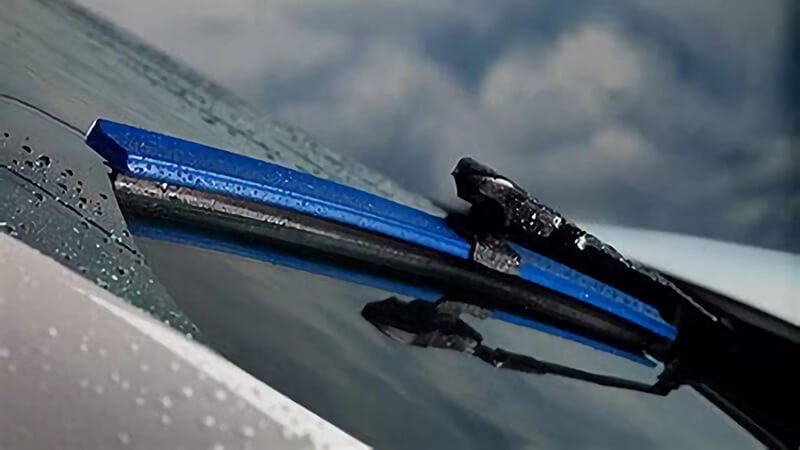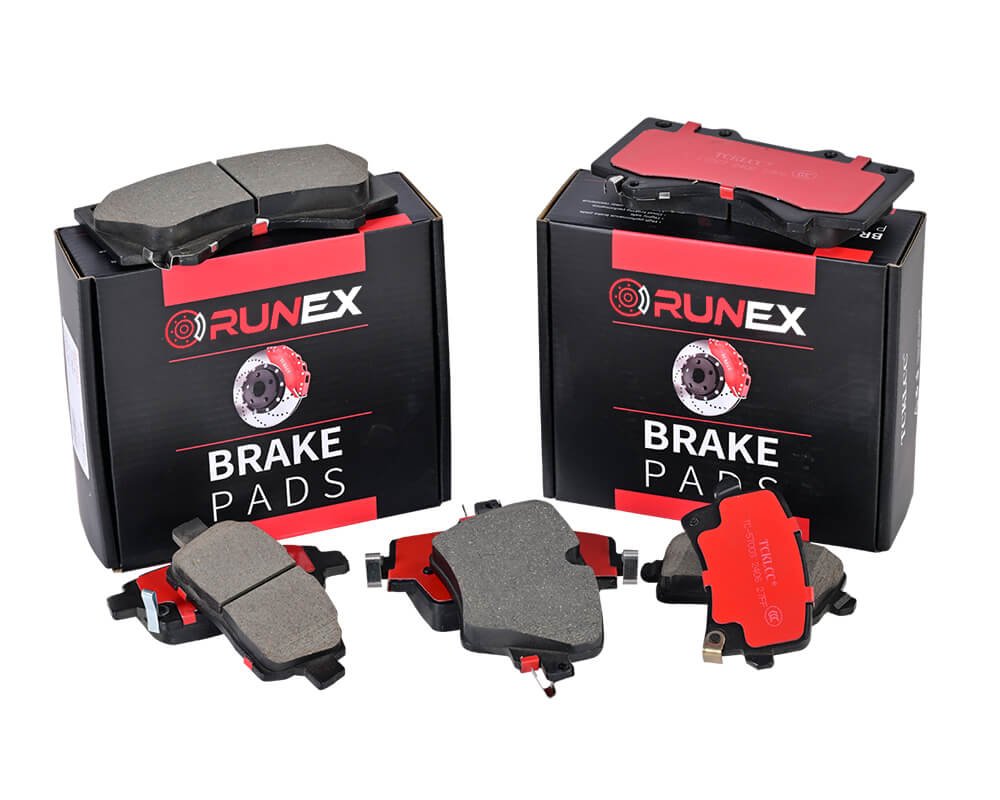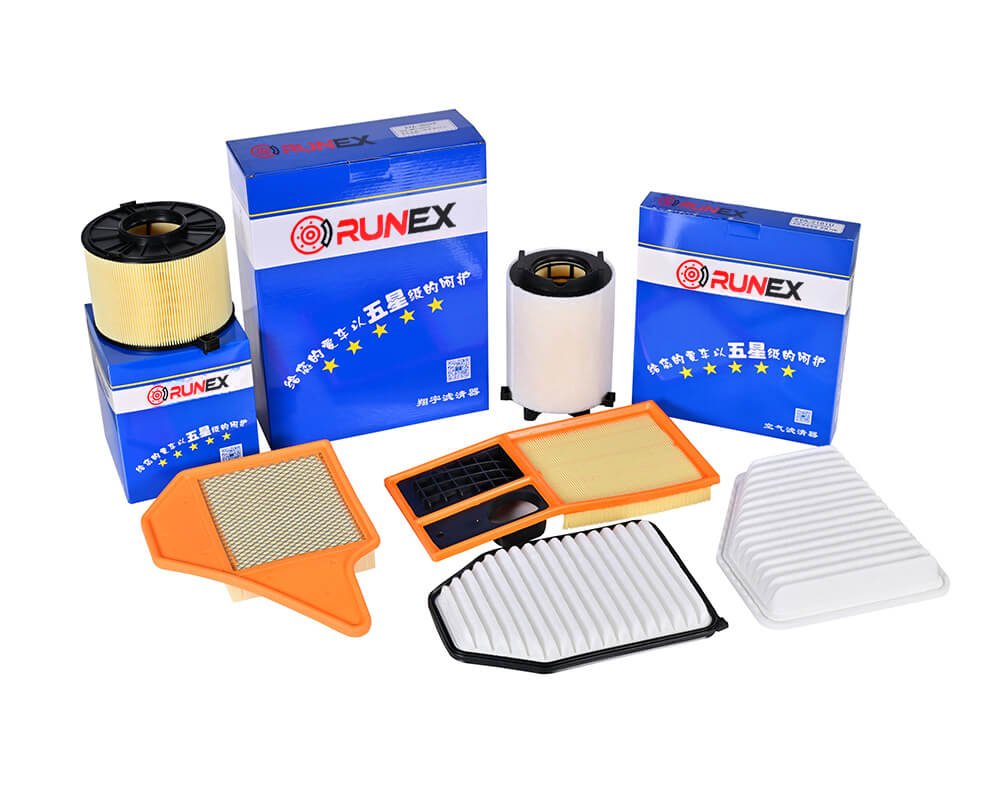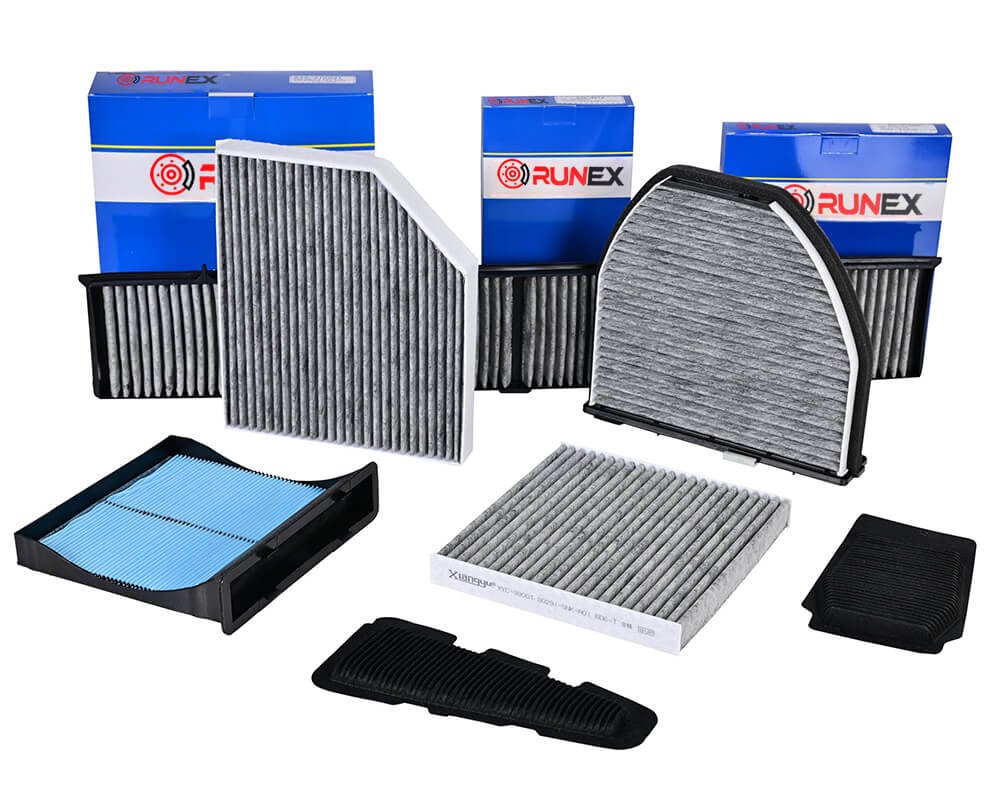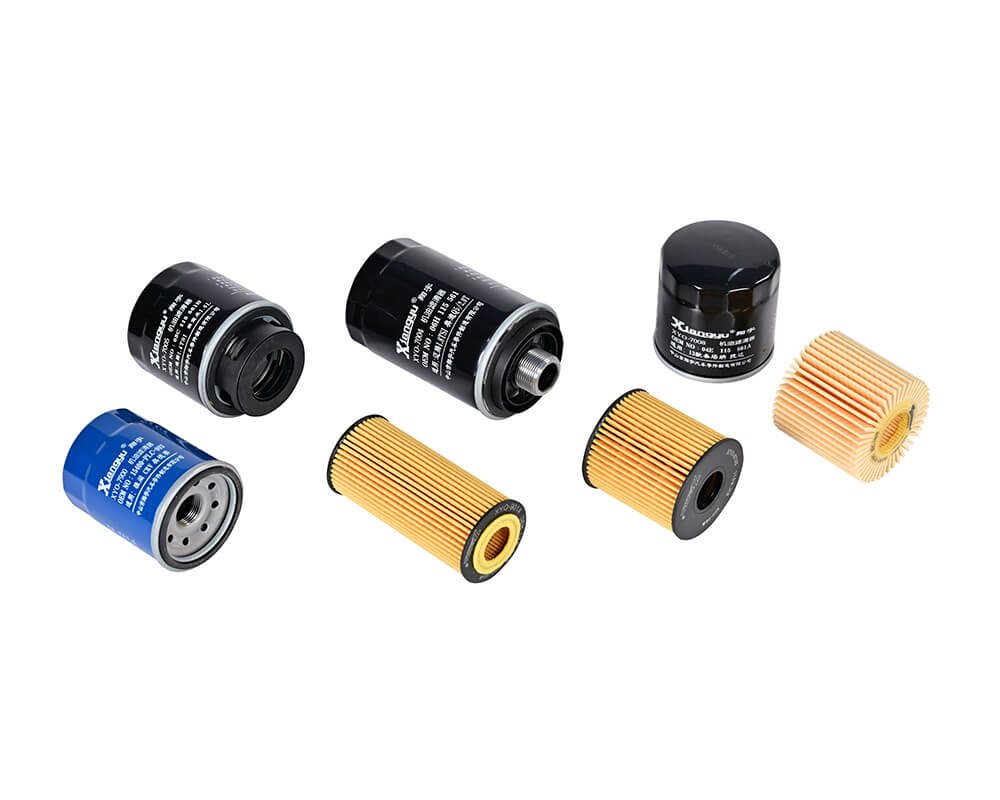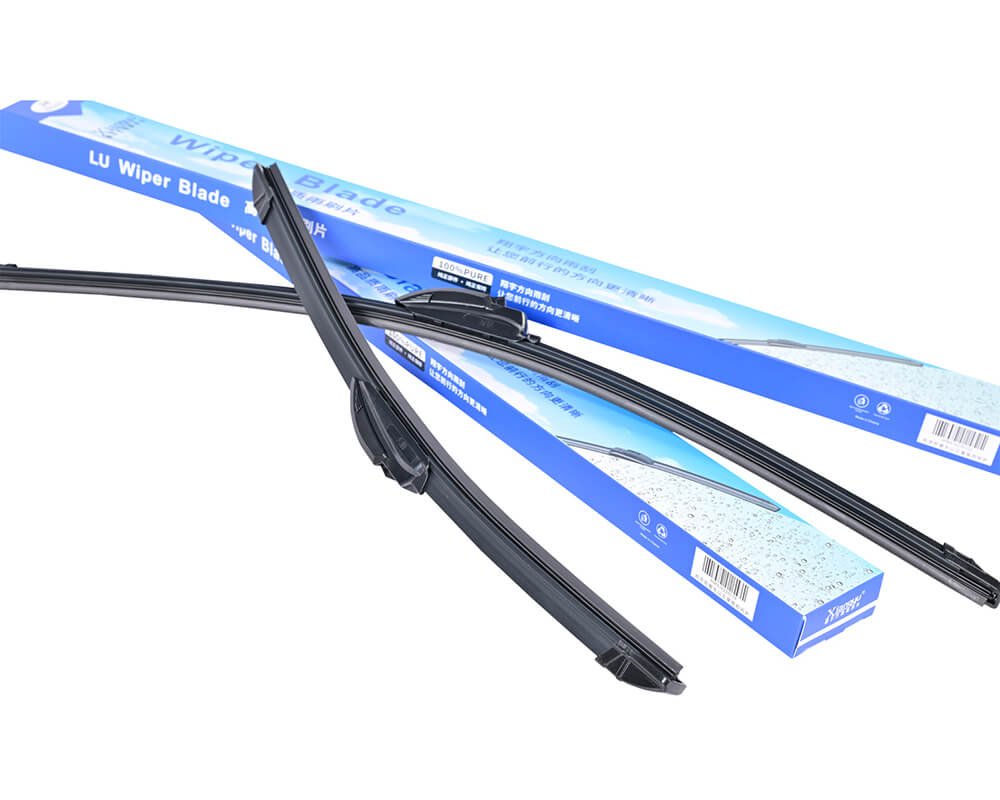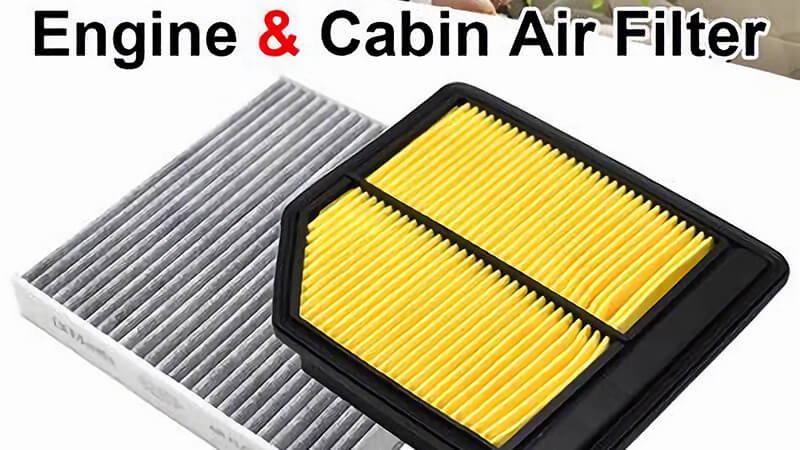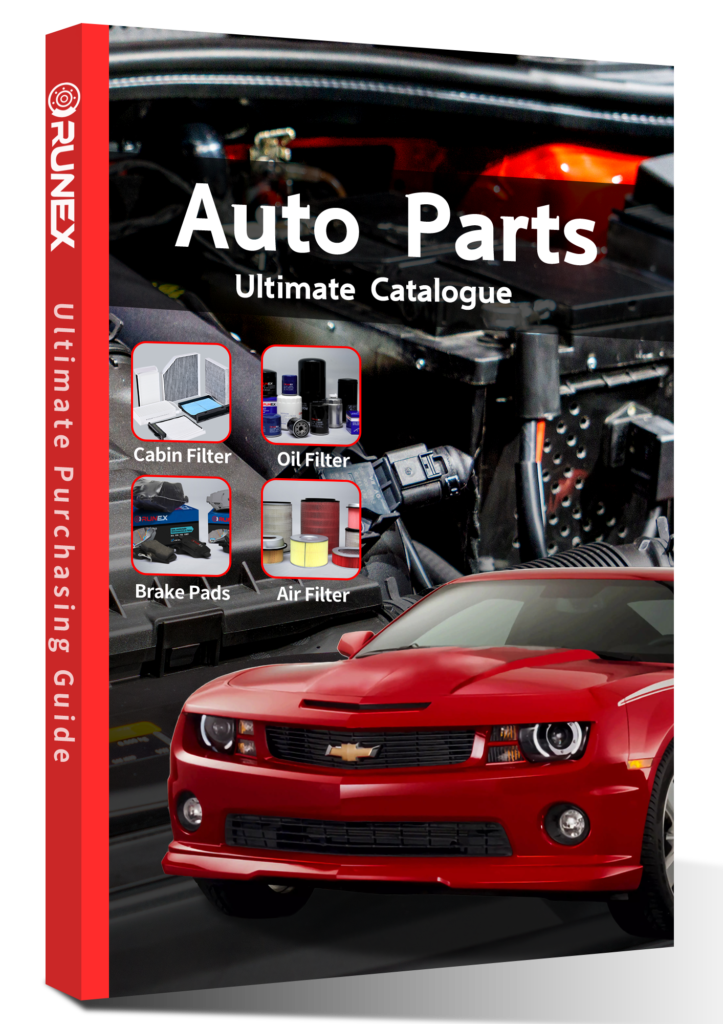I see many wiper blades crack before their time. Dry wiping, heat, UV, and harsh fluids speed this up. I want to fix that with simple steps and better gear.
To stop dry rot, I keep the rubber hydrated and clean. I never run wipers on a dry glass. I wash the blade edge with mild soap. I use a UV-safe washer fluid. I park out of direct sun when I can. I choose blades with UV- and ozone-resistant rubber.
I build and supply wiper blades at Runex Auto. I focus on the rubber mix, the frame spring, and the coating. I also teach buyers how to use and store blades. This mix cuts waste and also gives a clear view.
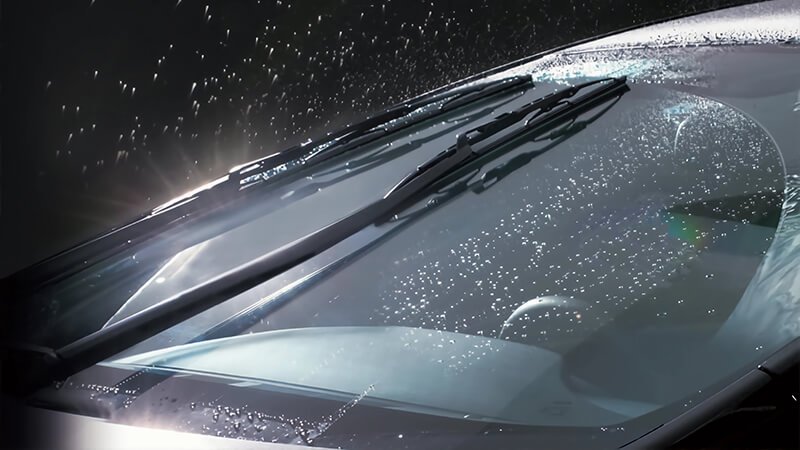
How to keep windshield wipers from drying out?
Many drivers run wipers on dry glass. The rubber drags. The edge heats up. The surface hardens. This speeds cracking. I explain a simple habit and a better blade. Then the problem drops fast.
I keep blades from drying out by adding moisture before use, by cleaning them monthly, and by shielding them from sun. I also pick EPDM rubber with UV and ozone inhibitors. A thin graphite or silicone coat helps the blade glide. This lowers heat and slows aging.
Go deeper: habits, materials, and storage that stop drying
I look at drying as a friction and chemistry problem. Friction heats the edge when the glass is dry. Heat drives off plasticizers in rubber. UV and ozone then attack the chain. So I reduce friction. I block UV and ozone. I also control storage heat.
Habits that matter
- I never “test swipe.” I spray washer fluid first.
- I clean the edge once a month with mild soap and water. I wipe with a soft cloth. I avoid alcohol baths that strip additives.
- I lift the blade and clean the glass too. Dust acts like sand.
Materials that resist drying
At Runex Auto, I use an EPDM blend1 that has UV absorbers and anti-ozonants2. I keep the hardness in a stable range, so the edge grips but does not tear. I add a micro-thin graphite or PTFE coat to cut start-up friction. This lowers heat at the edge. It keeps the surface smooth. Metal frames use stainless steel tension rails to hold even pressure. This stops chatter, which also makes heat.
Storage and parking
Heat and sun speed drying. I park in shade when I can. I crack windows a bit in extreme heat to drop inside temps. I never leave de-icer on the glass for hours. The chemicals can dry the rubber. If I must leave the car for months, I lift the blades off the glass with a simple clip.
Quick reference
| Factor | What I do | Runex Auto feature | Why it helps |
|---|---|---|---|
| Dry swipe | Spray first | Low-friction coating | Less heat at edge |
| UV | Park in shade | UV inhibitors in EPDM | Slower chain break |
| Ozone | Vent airflow | Anti-ozonant package | Fewer surface cracks |
| Dirt | Clean monthly | Closed-edge profile | Less abrasion |
| Heat | Avoid hot soak | Stable hardness range | Keeps flexibility |

What is the best lubricant for windshield wipers?
People ask for a magic lube. Most products leave residue. Some swell rubber. Some smear glass. The best “lube” is a clean, wet glass and a coated blade made for the job.
I do not use household oils or silicone sprays on blades. I use a washer fluid with mild detergents and water softeners. I clean the edge with soap and water. I rely on the blade’s factory-applied graphite or PTFE coat. That is the safe, lasting solution.
Go deeper: what to use, what to skip, and how Runex coats work
I test many “wiper lubes.” Many look good for one day. Then smears show up. The rubber swells. The edge frays. I keep it simple. I keep the glass clean, the edge clean, and I let the factory coating work.
What I use
I use a quality washer fluid that fits my climate. In the UK, I use a mix with mild detergents and anti-freeze agents for winter. These lower surface tension and help water film the glass. I wash the blade with mild soap and water. I rinse well. I dry with a lint-free cloth. This resets the low-friction surface3 without residue.
What I avoid
I avoid mineral oil, petroleum jelly, brake fluid, and strong solvents. These pull out rubber oils. They leave the edge gummy. I avoid silicone sprays on the wiping edge. They leave a film on glass, which causes judder and haze. I avoid glass wax on the wiper path. It breaks the water film and leads to squeak.
How Runex coatings work
Runex Auto blades4 leave production with a micro-thin dry-film coat5. I use graphite or PTFE. The coat lowers the start-up force and running friction. It works in wet use. It does not need a spray-on booster. It stands up to ozone and UV better than liquid dressings. I also use an even pressure spring. This pairs with the coating to stop stick-slip. It also reduces noise.
Evidence I see
I measure wipe cycles on wet glass. I compare coated blades with and without added spray lube. The coated blades hold a lower friction curve. The spray lube helps for one day. Then it drops below the baseline. It also adds smear risk. So the safe “lube” is the right washer fluid6 plus the built-in dry-film coat.
Quick reference
| Product | Use on blade? | Risk | Better alternative |
|---|---|---|---|
| Household oil | No | Swelling, smear | Washer fluid |
| Silicone spray | No on edge | Film on glass | Factory dry-film coat |
| Alcohol soak | No | Drying, cracking | Mild soap + water |
| Graphite powder | No | Dust contamination | Built-in graphite coat |
| Glass wax | No in sweep | Judder, haze | Clean glass only |
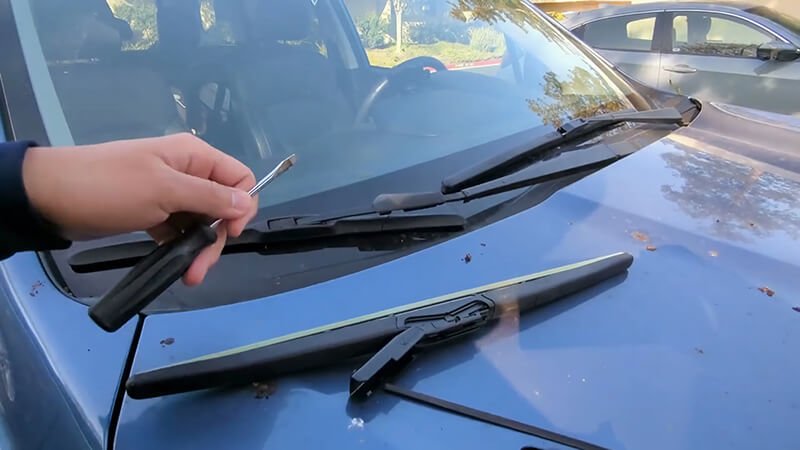
How to extend the life of wiper blades?
Buyers want longer life more than any other feature. I look at design, material, and use. I also add clear care steps. This mix beats price-only buys.
I extend blade life by choosing UV- and ozone-resistant EPDM, by using an even-pressure beam design, and by cleaning monthly. I avoid dry swipes and harsh chemicals. I replace in pairs on a set schedule. I store extra stock cool and flat.
Go deeper: design choices and user practices that add months
I treat blade life as a whole system. The rubber is key, but pressure, aerodynamics, and mounting matter too. A small choice at each step adds weeks or months in service.
Materials and design
Runex Auto uses an EPDM rubber7 with a balanced hardness. I blend UV absorbers and anti-ozonants into the compound. I add a dry-film coat that stays with the rubber. I pair the rubber with a beam-style backbone8. This spreads pressure across the whole length. The spoiler shape holds the blade down at speed. This stops lift and chatter. I keep the connector rigid but low-profile. It resists wobble in crosswind.
Testing and validation
I test for ozone per common lab methods. I run UV chamber aging to simulate summer exposure. I run salt spray on metal adapters. I run wet wipe cycles to failure. I check noise, streak length, and end-of-streak water beads. I also run cold flex tests at sub-zero temps. I reject compounds that harden too fast after heat-cold cycles.
Use and maintenance
I clean the edge monthly9. I replace washer fluid seasonally. In winter, I use a fluid rated for frost. I never free a frozen blade by force. I warm the glass first. I replace blades every 6–12 months based on climate. In dusty areas, I change closer to 6 months. I replace both blades as a pair. This keeps pressure even.
Distribution and storage
For distributors, I keep cartons sealed. I store between 10–25°C. I keep out of direct sun. I stand blades flat or hang them to avoid warping. I rotate stock on a first-in, first-out rule. I label boxes with batch codes for trace.
UK case story
A UK distributor had high return rates. End users often dry wiped the glass. The edge ran hot and cracked. I trained the team to teach “spray before swipe10.” I shipped POS cards that show quick cleaning steps. I also switched them to our beam blade with the latest rubber blend. Returns dropped. Customer ratings rose.
Quick reference
| Area | Action | Runex feature | Result |
|---|---|---|---|
| Rubber | EPDM with inhibitors | UV/ozone package | Slower aging |
| Frame | Beam blade with spoiler | Even pressure | Fewer streaks |
| Care | Clean monthly | Dry-film coat | Lower friction |
| Winter | Warm glass first | Cold-flex stable | No edge tear |
| Stock | Keep cool, rotate | Batch control | Fresh supply |
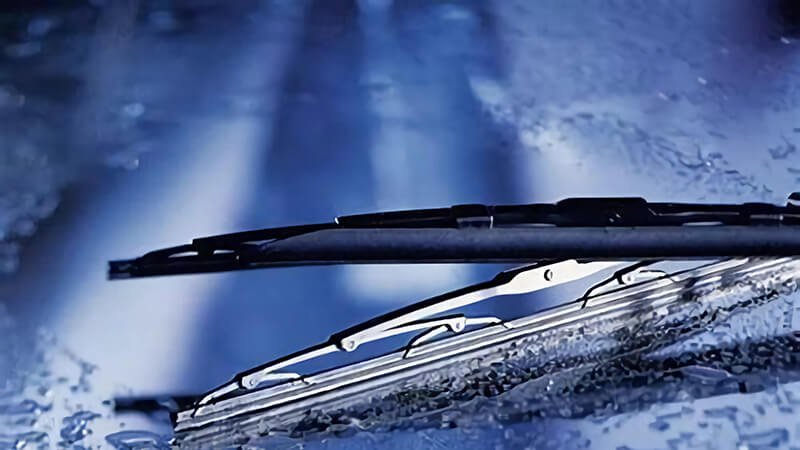
How do you stop windscreen wipers from smearing?
Smearing is common. It comes from film on glass, a damaged edge, or uneven pressure. I check each one in a simple order. Then I fix it with cleaning, reset, or replacement.
I stop smearing by cleaning the glass and blade with mild soap, by removing wax and oil film, by checking arm pressure, and by replacing a nicked edge. I also use a beam blade with even pressure and a stable rubber compound.
Go deeper: diagnose, fix, and prevent streaks and haze
I follow a clear path. I remove contaminants first. I check mechanics next. I replace parts last. This saves time and cost. It also teaches good habits.
Step 1: Clean the glass right
I wash the glass with car shampoo. I use two cloths. One for wash. One for rinse. I dry with a clean microfiber. If I see rainbow film, I use a dedicated glass cleaner. If there is wax on the sweep path, I use a mild glass polish. I avoid strong abrasives. I avoid ammonia on tinted glass.
Step 2: Clean the blade edge
I lift the arm. I wipe the edge with a cloth and warm soapy water. I do slow passes until the cloth stays clean. I avoid alcohol soaks. I avoid silicone sprays. I make sure the edge is straight and smooth. If I see a nick or chunk, I do not try to sand it smooth. I replace the blade.
Step 3: Check pressure and angle
I check the arm spring. If the arm lifts too easy, the spring may be weak. I check the adapter and connector fit. I make sure the blade sits flush on the glass. A twisted arm can force the edge to lean. This leaves a faint line. I reset the arm to neutral. A beam blade helps because it self-levels better than a multi-joint frame.
Step 4: Pick the right blade
Runex beam blades11 hold even pressure. The spoiler keeps contact at speed. The dry-film coat12 lowers water shear. The EPDM edge stays true across seasons. This setup clears haze in one pass. If I need a hybrid in snow, I choose our covered frame to keep slush out of joints.
Prevent it next time
I keep washer fluid topped. I avoid glass wax in the sweep area. I replace blades on schedule13. I train drivers to spray first, then swipe. This keeps the edge cool and smooth.
Quick reference
| Symptom | Likely cause | Fix | Runex help |
|---|---|---|---|
| Haze film | Wax or oil | Clean, de-wax | Dry-film coat slices film |
| Parallel lines | Nicked edge | Replace blade | Quality edge finish |
| Arc streak | Low pressure | Check arm spring | Even-load beam spine |
| Chatter | Stick-slip | Clean, replace | Low-friction coating |
| Winter smear | Ice shards | De-ice first | Cold-flex compound |
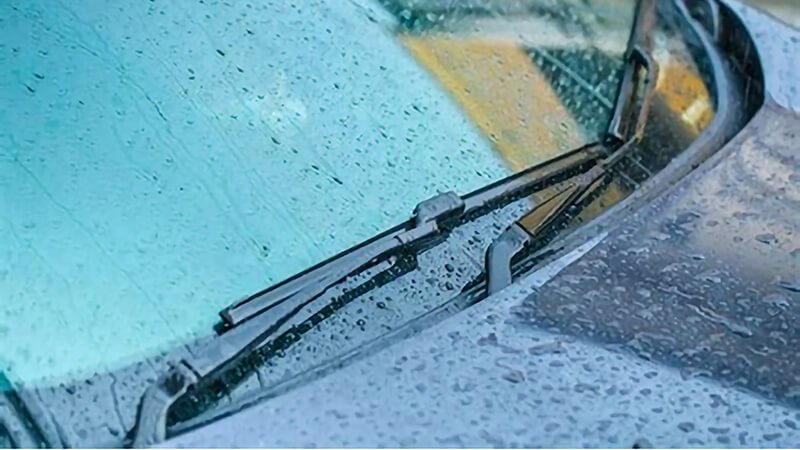
Conclusion
I keep wipers from dry rot and smear with simple steps. I never swipe dry. I clean the edge. I use a good washer fluid.14 I park out of strong sun. I pick a blade with UV- and ozone-resistant rubber, even pressure, and a dry-film coat. I replace on time. This routine is easy. It works.
-
Explore this link to understand how EPDM blends enhance durability and performance in automotive parts. ↩
-
Learn about anti-ozonants and their crucial role in extending the life of rubber components in vehicles. ↩
-
Find tips and techniques to maintain a low-friction surface on your wiper blades for optimal performance. ↩
-
Learn about the innovative technology behind Runex Auto blades and how they enhance wiper performance. ↩
-
Discover the benefits of micro-thin dry-film coats in wiper blades for improved efficiency and durability. ↩
-
Explore this link to find the most effective washer fluids tailored for winter conditions, ensuring clear visibility. ↩
-
Explore the benefits of EPDM rubber in automotive applications to understand its role in enhancing blade life. ↩
-
Learn how a beam-style backbone can enhance wiper blade performance and longevity, ensuring better visibility. ↩
-
Discover essential maintenance tips for windshield wiper blades to prolong their life and effectiveness. ↩
-
Understand the significance of the 'spray before swipe' technique to prevent damage and improve cleaning efficiency. ↩
-
Explore the advantages of Runex beam blades, known for their even pressure and superior performance in various weather conditions. ↩
-
Learn how a dry-film coat can enhance wiper efficiency by reducing water shear and improving visibility. ↩
-
Discover the significance of timely blade replacement to ensure optimal visibility and safety while driving. ↩
-
Find the best auto windshield wipers from Runex Auto. ↩

